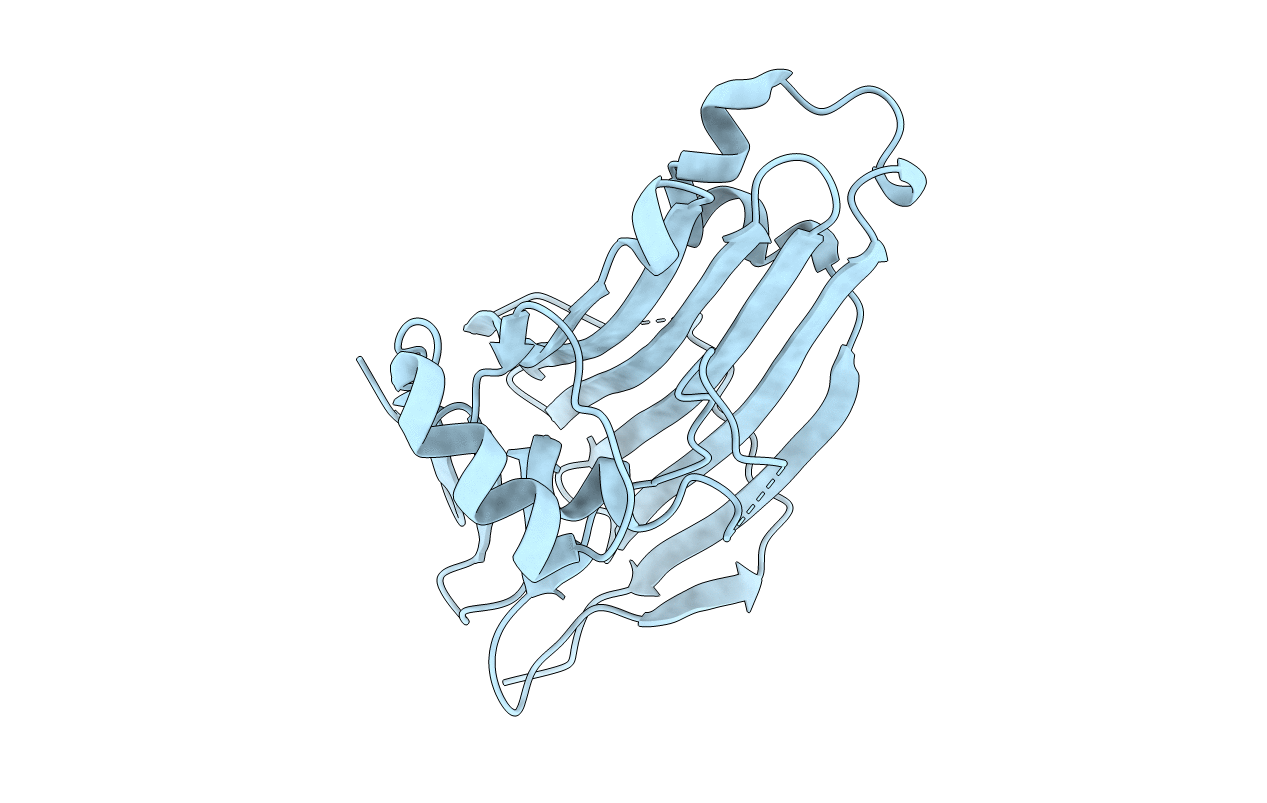
Deposition Date
2017-06-01
Release Date
2018-01-17
Last Version Date
2024-10-23
Entry Detail
PDB ID:
5W0X
Keywords:
Title:
Crystal structure of mouse TOR signaling pathway regulator-like (TIPRL) delta 94-103
Biological Source:
Source Organism:
Mus musculus (Taxon ID: 10090)
Host Organism:
Method Details:
Experimental Method:
Resolution:
2.72 Å
R-Value Free:
0.27
R-Value Work:
0.20
R-Value Observed:
0.21
Space Group:
P 63


